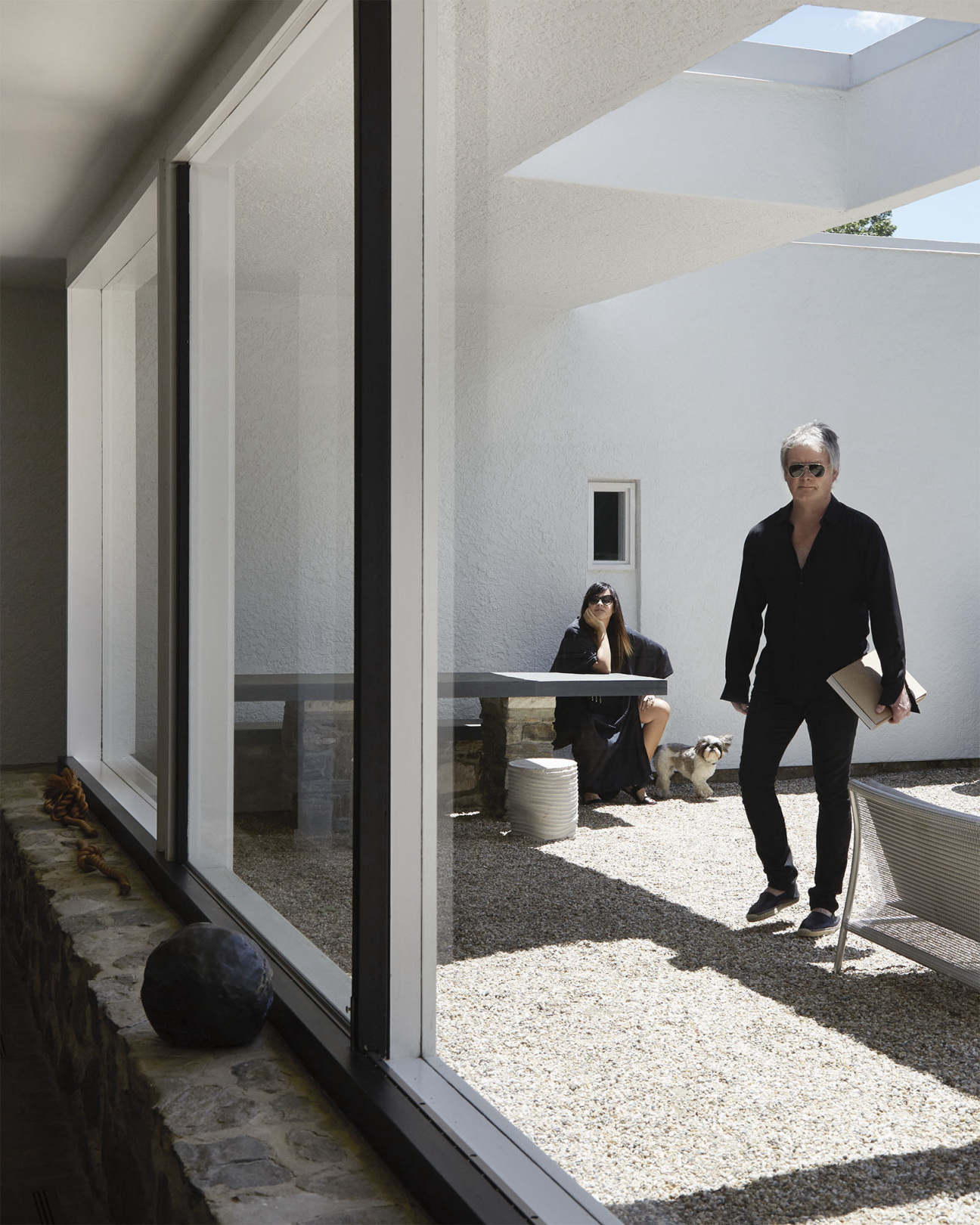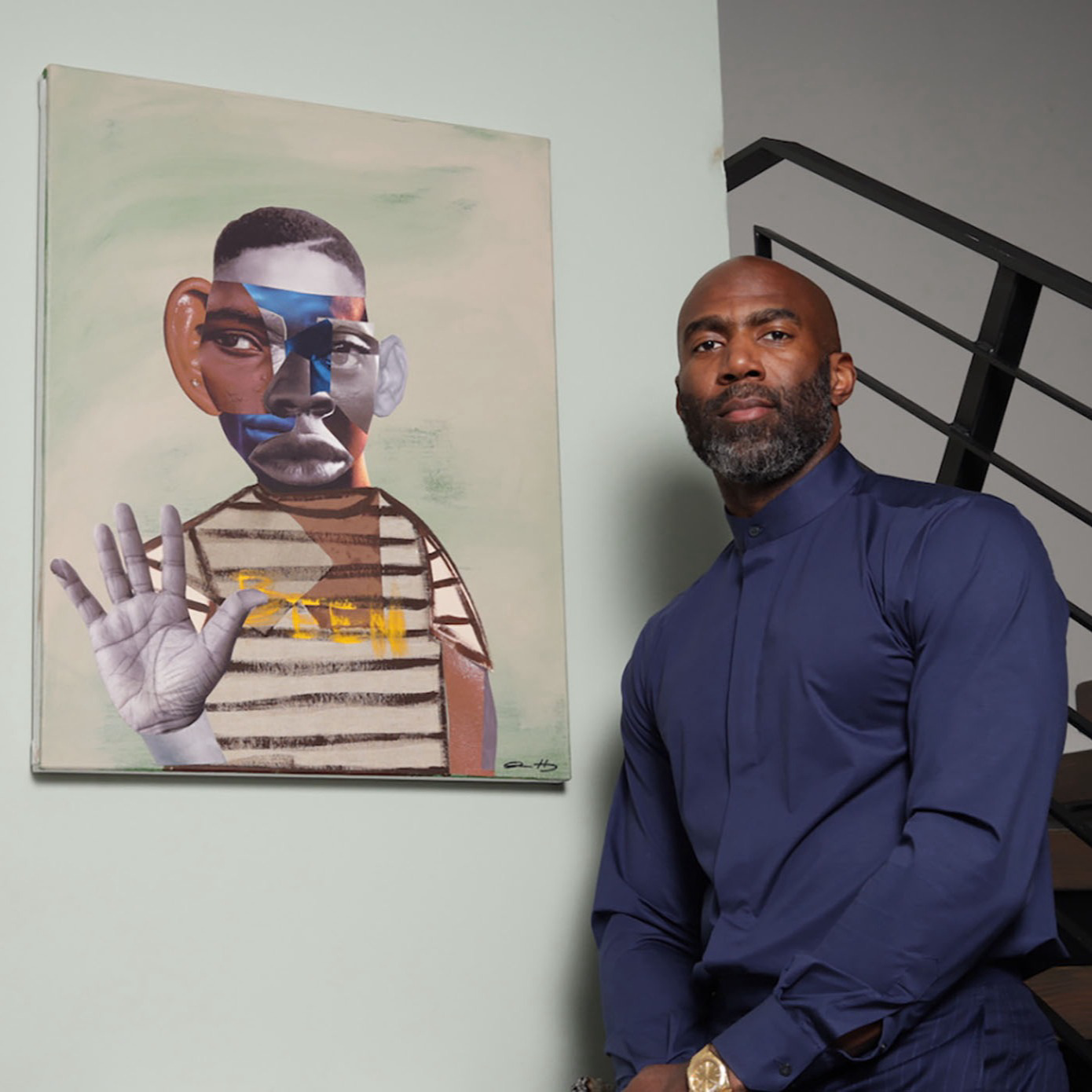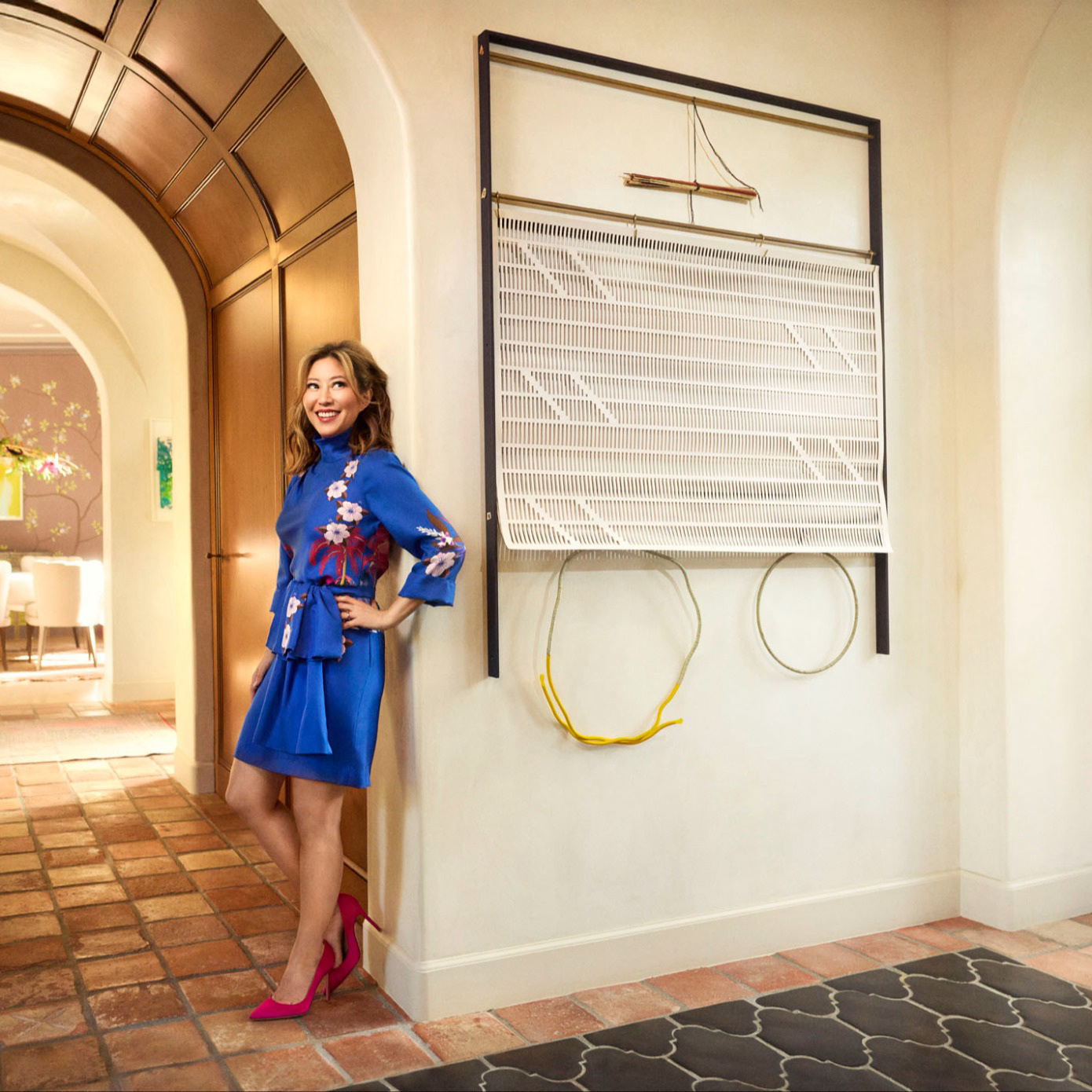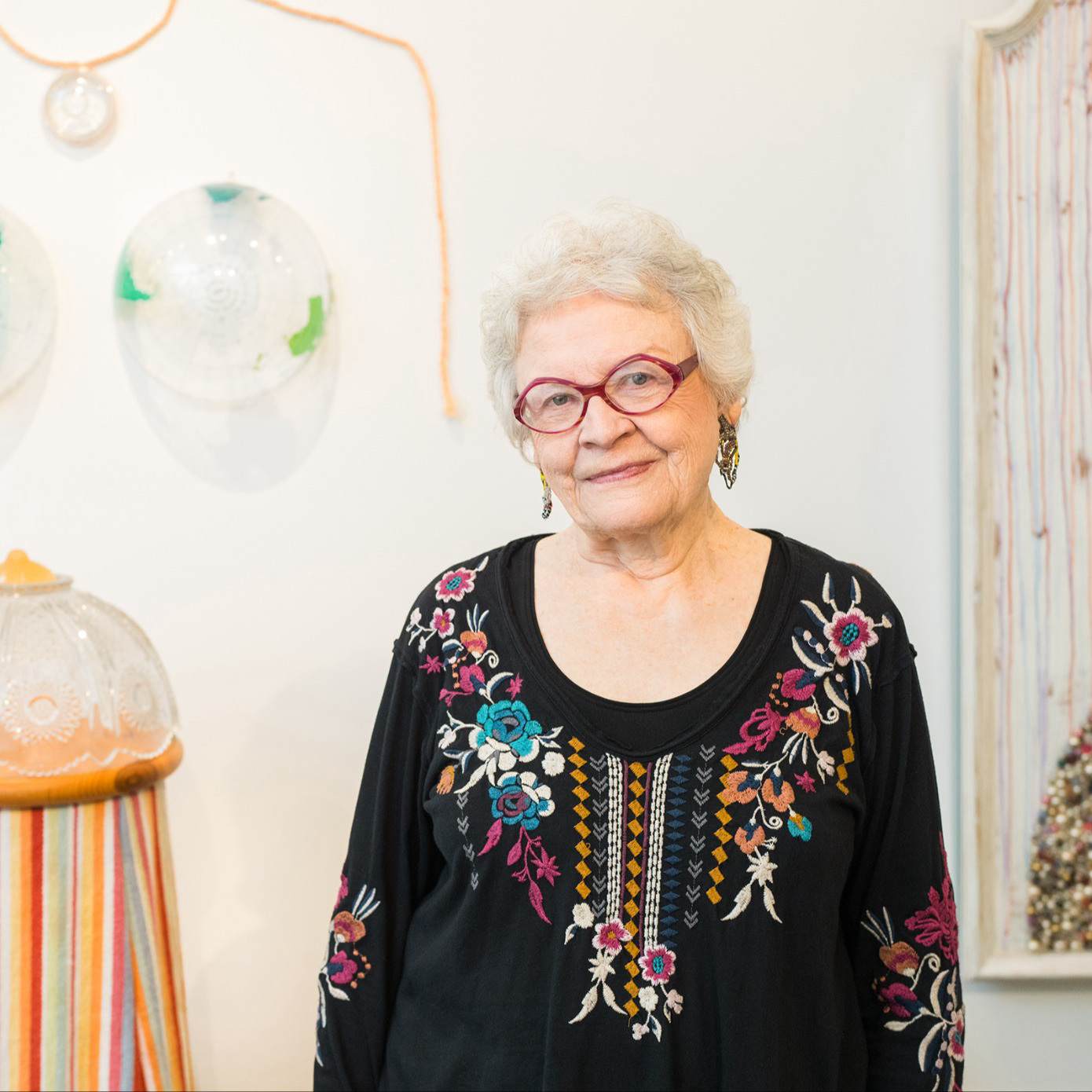
CULTURED: I've just had the pleasure of spending time with your book. Congratulations. Tell me about the process of putting this together.
RONNIE SASSOON: I put the book together during a moment of ennui in lockdown. My partner, James Crump, and I had just completed our fourth film called Breuer’s Bohemia, inspired by our Marcel Breuer house in Connecticut. We were trying to stay busy creatively and I was contemplating my next project, when James said, “This is a perfect opportunity to document your houses and collection.” As I started to pull together a concept and images, I decided to make the book about my aesthetic style, my interiors, and my jewelry collection—as well as some of the food I had been preparing, which makes it all more personal.
CULTURED: What were the factors that helped you to develop such a discerning eye?
SASSOON: As a child I was always drawing, designing, and creating art of some sort. My aunt was an artist, so I suppose I inherited that gene. Later, in my teens, I had a friend whose architect father had studied under Walter Gropius at Harvard. His father had built their modernist family home in the early ‘60s and the moment I saw it, I knew that was how I wanted to live. My degree is in art history and I have been fortunate enough to travel extensively, so I believe the knowledge garnered from both expanded and cemented my love of art and design.
CULTURED: Tell us about a choice you make every day, the routine you have created to inspire you.
SASSOON: I think if you are an artist or designer, you view the world through your own personal style lens, which influences every choice you make. I have quite a large collection of vintage design books, as well as books and ephemera related to every artist and period I collect, which also influences and inspires me daily. My partner James is a director and art historian, and he definitely inspires me every day. As my book, Selection, states, “It is what we select which defines us.” How we design our homes, our choice of art, what we choose to wear, or what colors we choose to live with, who we choose as friends or partners, what we eat and how we present it on a plate, are all selections we make every day.
CULTURED: It's amazing how you integrate art, objects, and architecture into your world. Was this always so natural for you, and were you always equally inspired by each?
SASSOON: My style is deeply entrenched in the ‘60s and ‘70s, both visually and philosophically, as almost everything that truly excites me is from that period. I suppose you could say that I have defined it visually by focusing on nature and choosing mostly natural colors and organic shapes. I’m a rebel at heart, and I love how radical and provocative that era was.
CULTURED: Which work or works provokes the most conversation from visitors?
Sassoon: I’m not sure if there is one particular piece that evokes the most conversation. But if I had to choose, it would be the hanging Auntie Mame-style chair in my living room by Verner Panton. Everyone tries to sit in it.
CULTURED: What was the most challenging piece to acquire in your collection?
SASSOON: I suppose it would be my “La fine di Dio” by Lucio Fontana from 1963. I saw a thumbnail size photo in a magazine at home in LA one evening and realized it was being offered at auction at Christie’s in London the following morning. I had a catalogue sent to my house in LA, called London for a conditions report, and set up bidding all before 8 A.M., and then drained my bank account on my very last bid.
CULTURED: How has the evolving Los Angeles art scene influenced your collection?
SASSOON: I think the biggest influences on my collection were two shows, both at the Geffen Contemporary in LA. One was called “Zero to Infinity: Arte Povera 1962-1972,” curated by Richard Flood and Frances Morris. The other was “Ends of the Earth: Land Art to 1974,” curated by Philipp Kaiser and Miwon Kwon. It was as if both shows were curated for me, with everything that I love.
CULTURED: What were you most excited about for this year’s fair?
SASSOON: I was most excited to see the Thomas Mann House, which was recently rescued from demolition, and the Nicola L. show within curated by Jay Ezra Nayssan, as I own a piece of Nicola's work. Also, my friend Christine Messineo is the director of Frieze LA and NY, so everything she has a hand in is exciting.




